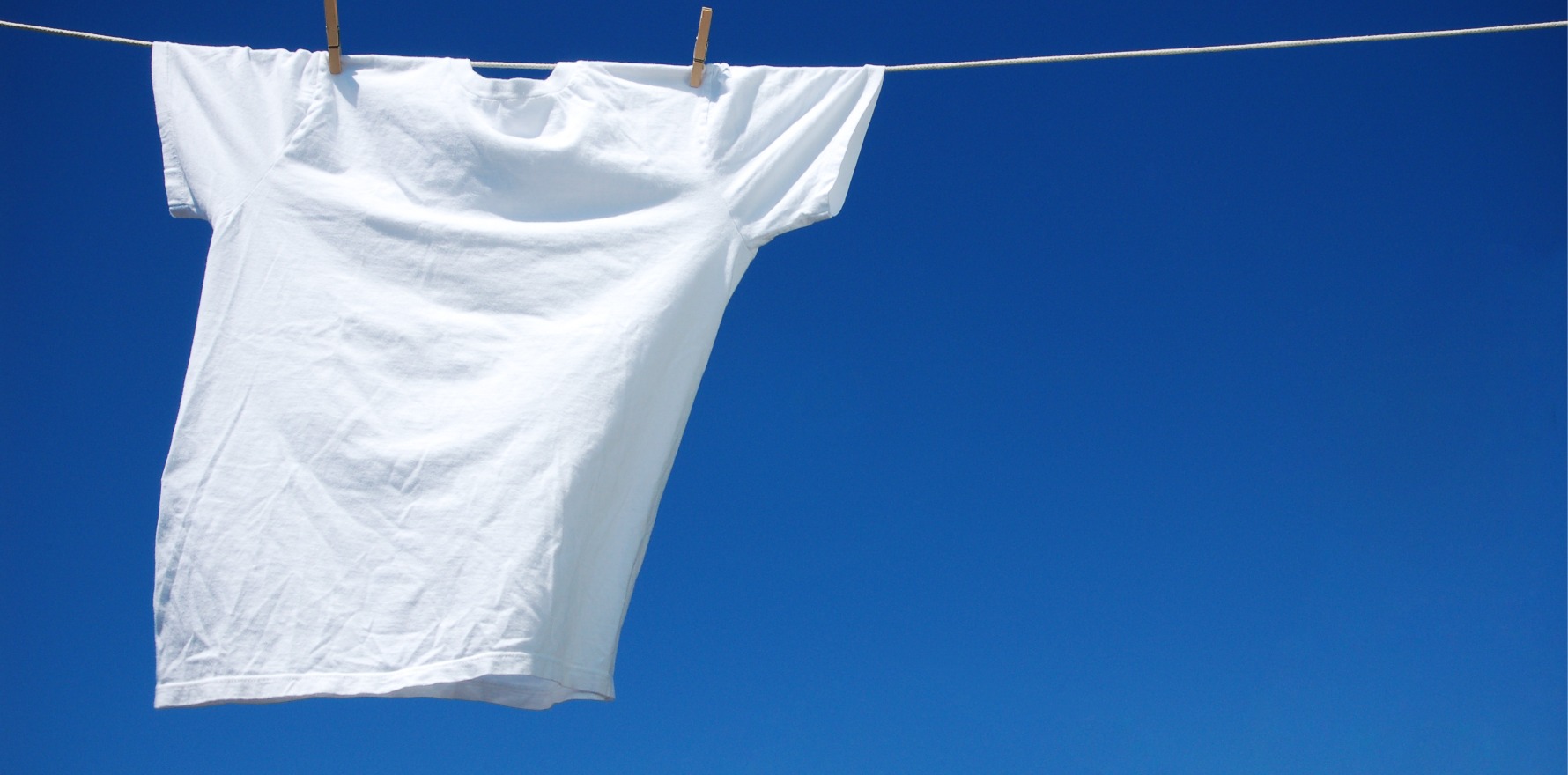A new international report has ranked the world’s best and worst countries for air quality. See the full list.
Australia is the ninth cleanest country in the world when it comes to air quality, a new international report has revealed.
And Canberra was also singled out in the annual report, topping the list for the best regional city in the world for air quality.
The top 10 list of least polluted countries included Guam (number one); French Polynesia; US Virgin Islands; Bermuda; Bonaire, Saint Eustatius and Saba; Iceland; New Caledonia; and Grenada. Puerto Rico came in 10th position after Australia.
The annual World Air Quality Report examined countries around the world to identify those that in 2023 achieved PM2.5 concentrations at or below the WHO guideline for annual PM2.5 concentrations of 5μg/m3.
It identified those countries with the worst annual PM2.5 concentrations to produce a top 10. This included Chad (number one), Iraq, Pakistan, Bahrain, Bangladesh, Burkina Faso, Kuwait, India, Egypt, and Tajikistan.
The report also listed Australia’s most polluted regional towns included Rocklea (10.5μg/m3), Stockton (9.5), Collie (8.8), Armidale and Muswellbrook (both 8.3), and Singleton (7.9).
The least polluted towns included Underwood (1.7μg/m3), Broken Hill (1.8), Rufus, Emu River and Judbury (all 1.9), Fingal (2.1), Exeter and Mornington (both 2.2), Euston, Gretna and Walpeup (all 2.3), Condobolin (2.4), and Hay, Walgett and New Town (all 2.5).
“Causing an estimated one in every nine deaths worldwide, air pollution is the greatest environmental threat to human health,” the authors wrote.
“According to the World Health Organization (WHO), air pollution is responsible for an estimated seven million premature deaths worldwide every year.
“Exposure to PM2.5 air pollution leads to and exacerbates numerous health conditions, including but not limited to asthma, cancer, stroke, and lung disease.
“Additionally, exposure to elevated levels of fine particles can impair cognitive development in children, lead to mental health issues, and complicate existing illnesses including diabetes.”
Data for the report was aggregated from measurements taken from over 30,000 global air quality monitoring stations around the world. PM2.5 concentration describes the amount of fine particulate aerosol particles up to 2.5 microns in diameter and was used as the standard air quality indicator for the report.
Measured in micrograms per cubic metre (μg/m3), PM2.5 is one of six major air pollutants commonly used in the classification of air quality and is largely accepted as the most harmful of these pollutants based on its prevalence in the environment and the wide range of negative human health effects associated with its exposure.
PM2.5 can be produced by a variety of sources which can result in different chemical compositions and physical characteristics. Sulfates, nitrates, black carbon, and ammonium are some of the most common particles that make up PM2.5.
“Anthropogenic sources of PM2.5 are predominantly linked to combustion engines, industrial processes, power generation, coal and wood burning, agricultural activities, and construction,” the authors wrote.
“Natural sources include dust storms, wildfires, and sandstorms.”
The report singled out the Oceania region of the world (Australia, French Polynesia, Guam, New Caledonia and New Zealand) as remaining the “world’s cleanest region”.
“Despite slight increases in average PM2.5 concentrations for Australia (+0.3 µg/m3) and French Polynesia (+0.7 µg/ m3) compared to 2022, all countries in the region achieved the WHO annual PM2.5 guideline,” the authors wrote.
“Australia has experienced three years of La Niña conditions, bringing significant amounts of rain during the summer months in some areas leading to increased vegetation and increased risk of severe brushfires under hot and dry conditions.”
The authors attributed prescribed burns around the country in late Autumn and through the winter months (April-August) to peak pollution periods.
“Despite the overall positive results, there is still progress to be made,” they wrote.
“Annual concentrations for nearly 100 cities in the region continue to exceed the WHO annual PM2.5 guideline, indicating a significant portion of the region’s population is still exposed to air quality conditions that pose a risk to their health.”
Compete global rankings of the most polluted cities are published on the IQAir website. The interactive set of rankings also includes monthly PM2.5 concentration averages and historical annual PM2.5 concentration averages.
World’s Most Polluted Cities in 2022 – PM2.5 Ranking | IQAir


